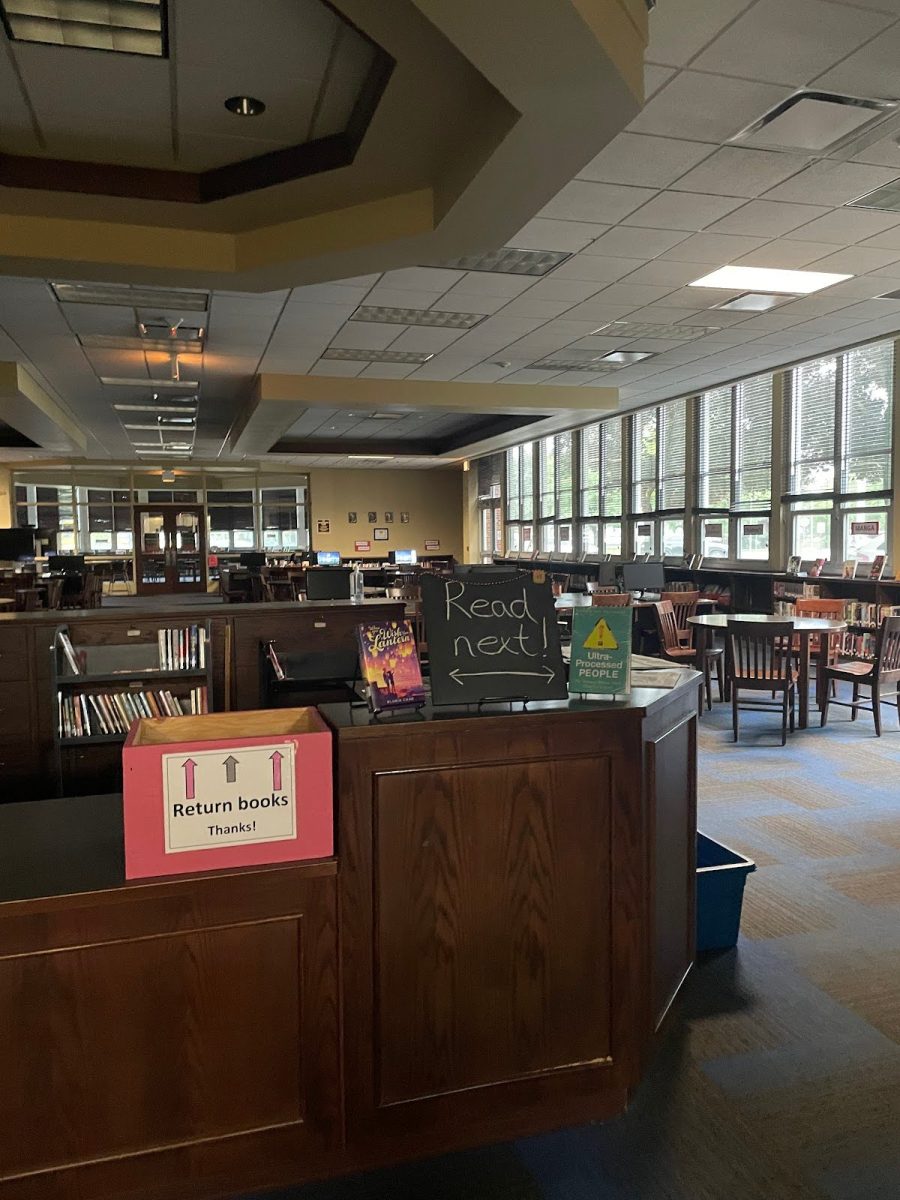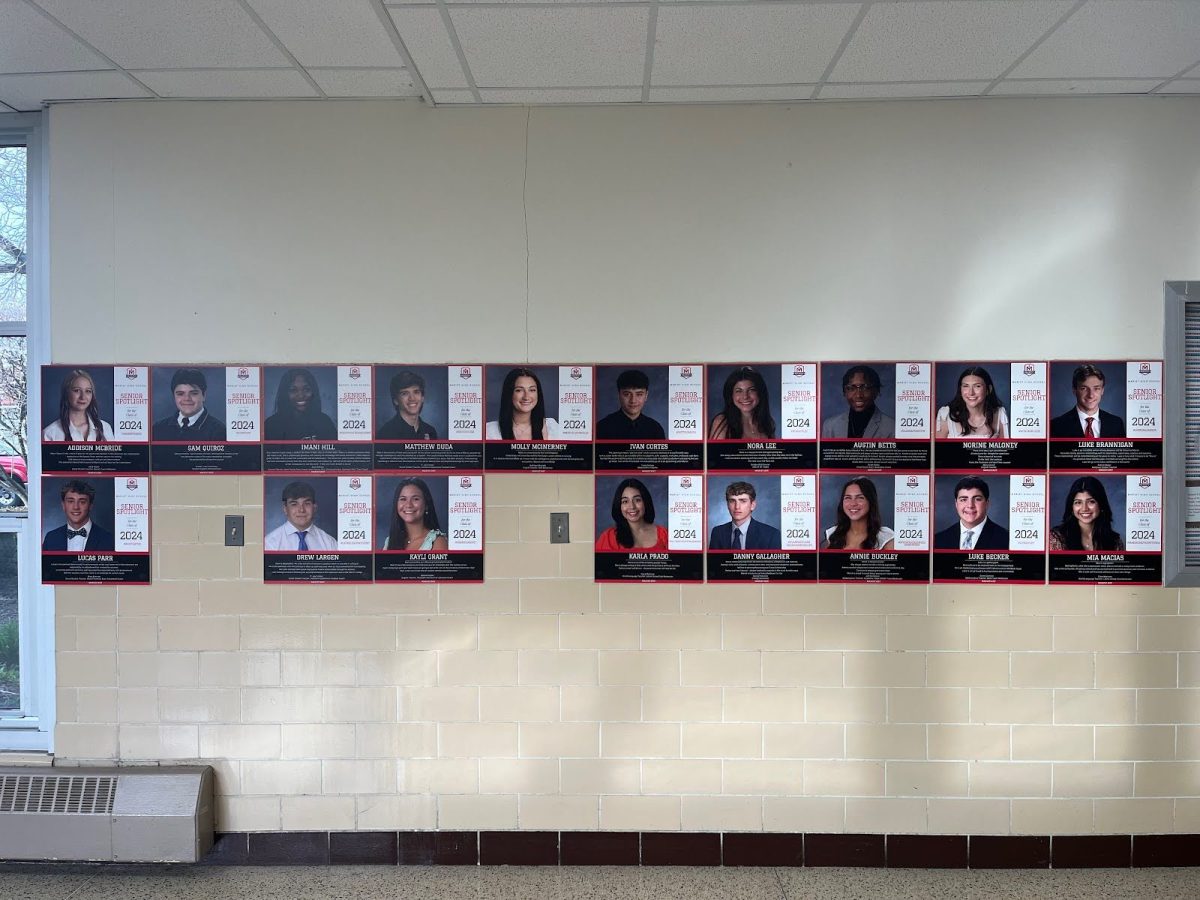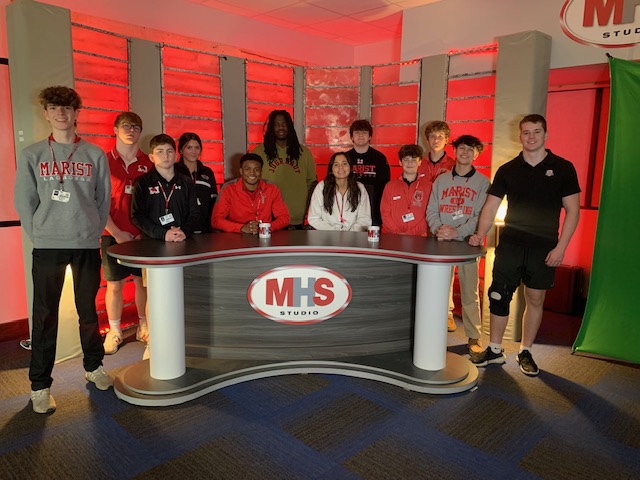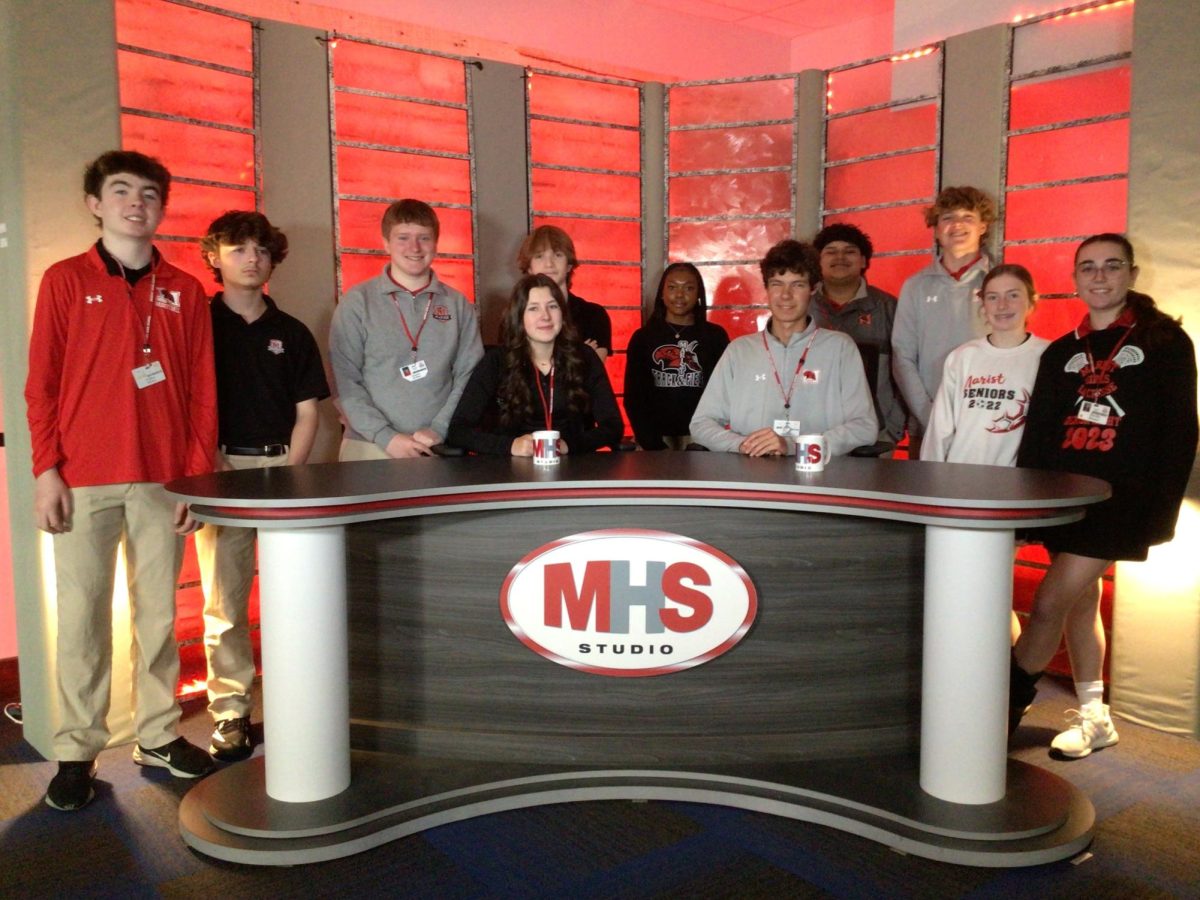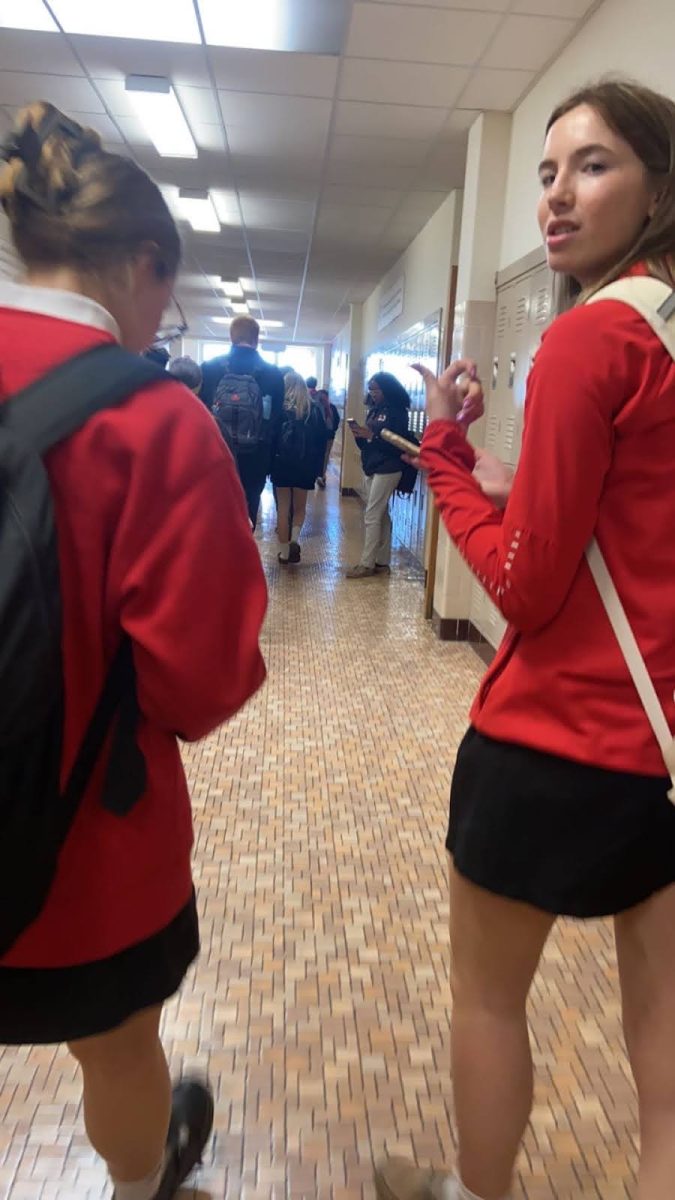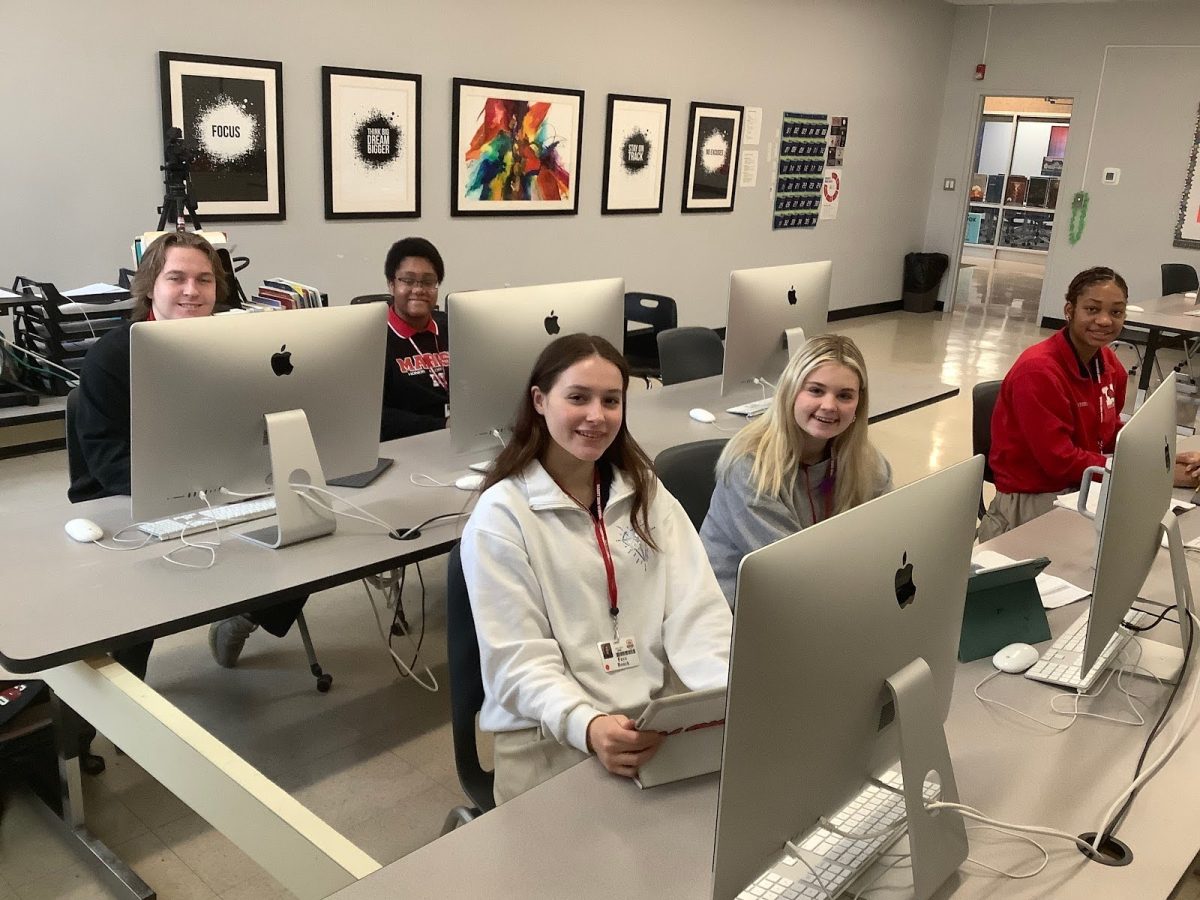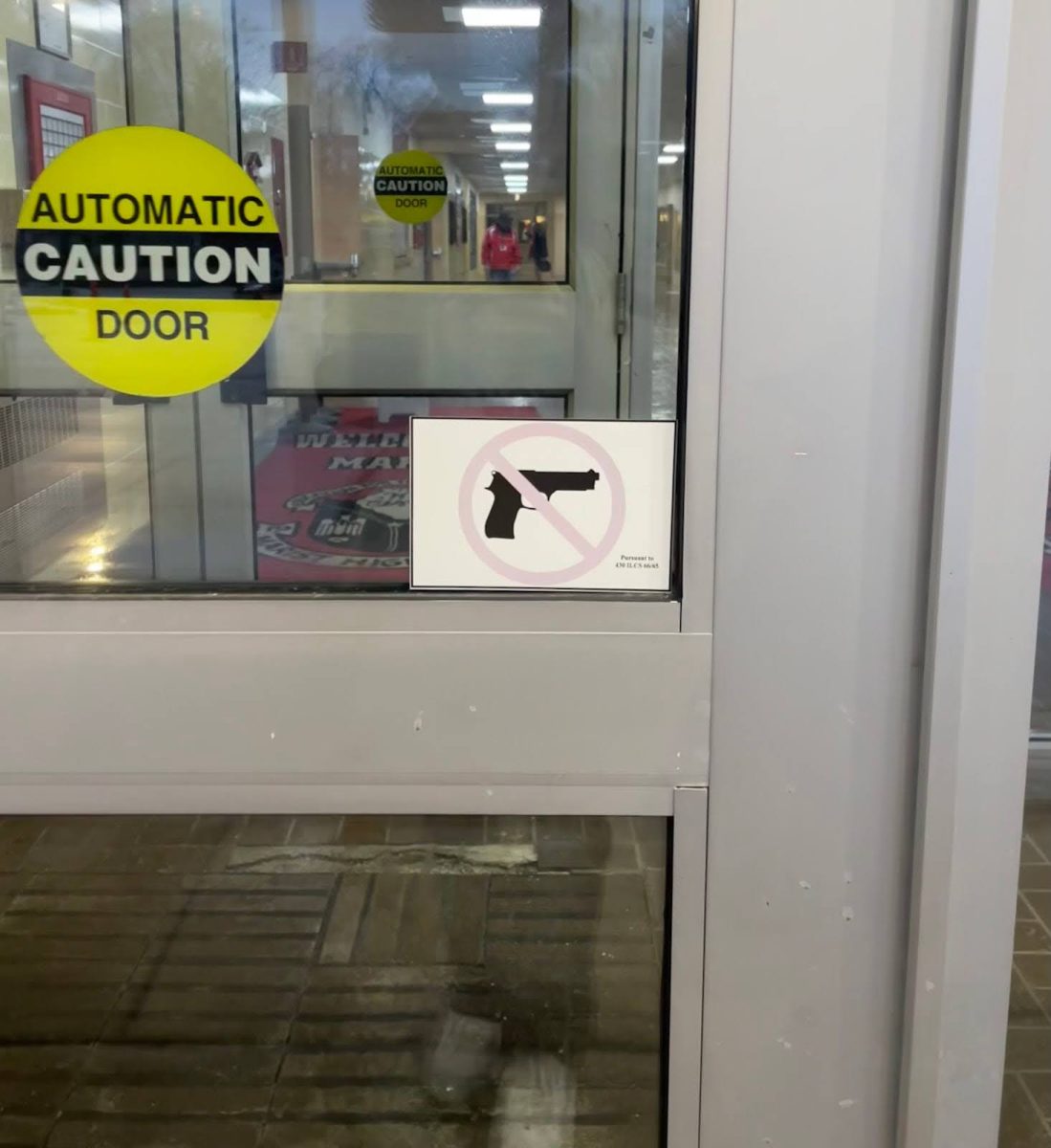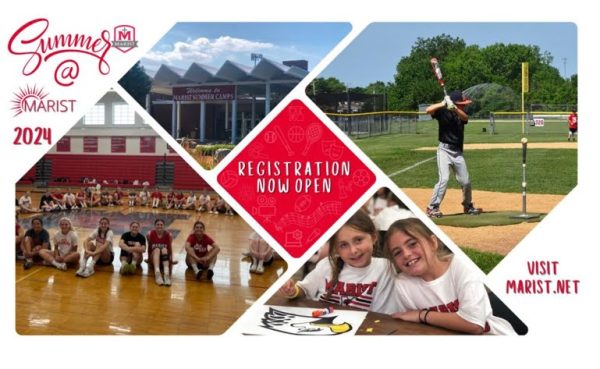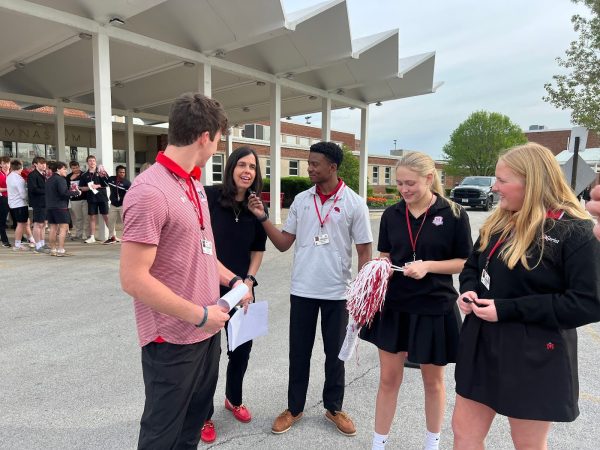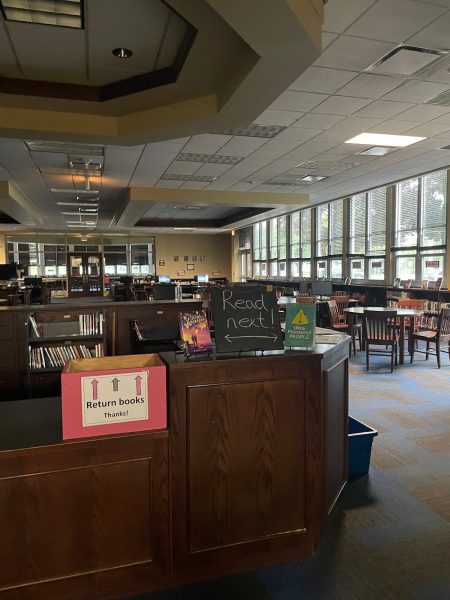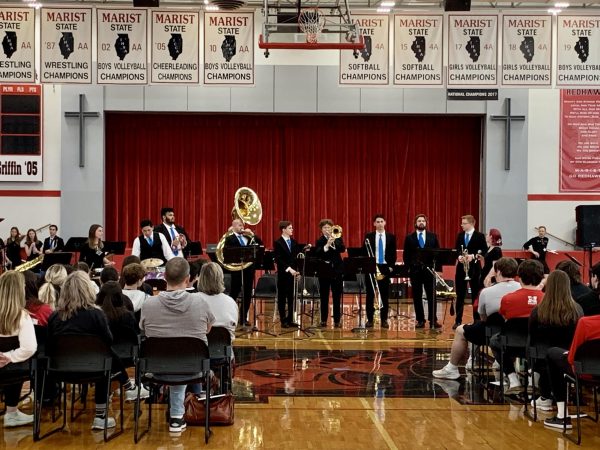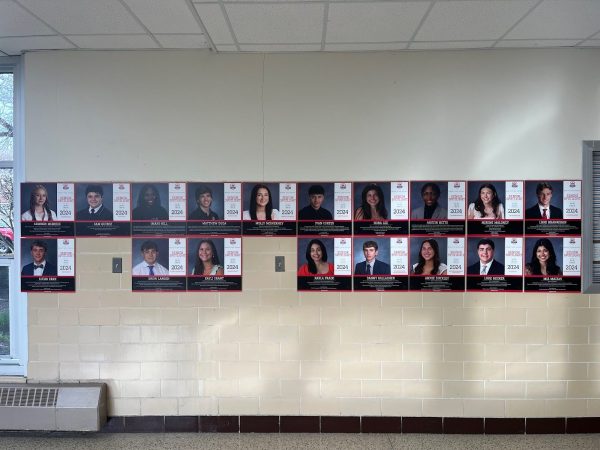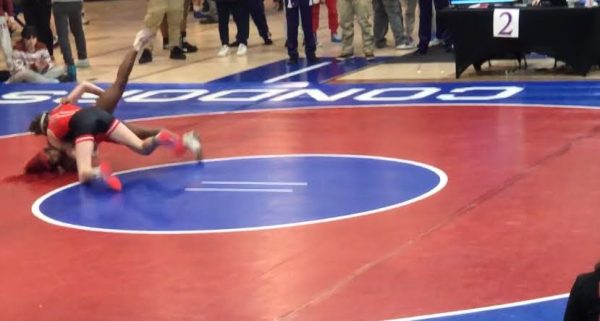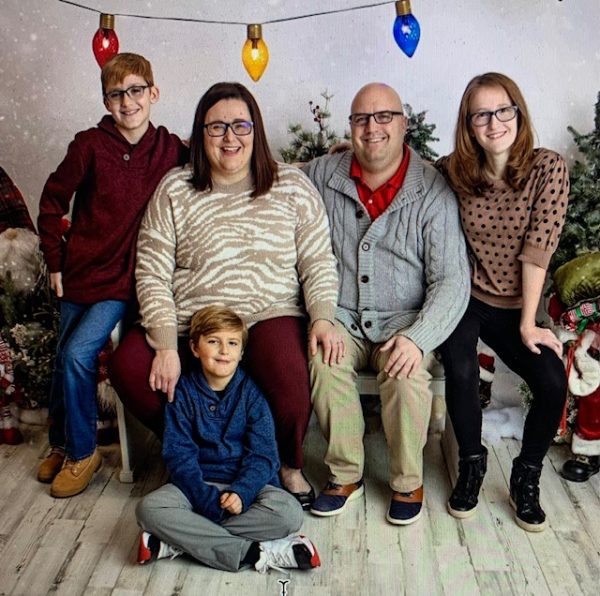February One: Not the Date but the Group
As I mentioned before, we should not limit the celebration Black culture or activists to just February. So, I will keep this series going starting with the inventors of the sit-in movement.
April 4, 2023
On February 1,1960 the sit-in movement of the Civil Rights Movement began.

The movement began with four students from North Carolina Agricultural and Technical State University (NCATSU). David Richmond, Franklin McCain, Joseph McNeil and Ezell Blair Jr. (later named Jibreel Khazan), ended up changing the lives of many.
These men sat at an all-white lunch counter of Woolworth’s. The men can be quoted as saying, “We’ll stay until we get served”, and they openly put themselves on the line to challenge the restricted laws within the south.
The students were not beaten or killed after the incident as the Greensboro police chief said they could not do anything since they were peaceful.
The next day the four students returned with Billy Smith, Clarence Henderson and other students. They remained in the restaurant from 11am until 3pm.
The original group is now referred to as February One or the Greensboro Four.
The second “sit-in” received media attention. Ezell Blair Jr. stated, “Negro adults have been complacent and fearful…It is time for someone to take up and change the situation….and we decided to start here.” The students felt that this peaceful protest would be the best way to get their message across.
Word quickly spread as the NCAT students used phone networks to spread the intentions of the sit-in movements. Students from all over joined to challenge segregation.
The students formed the Student Executive Committee for Justice to expand the movement’s platform.
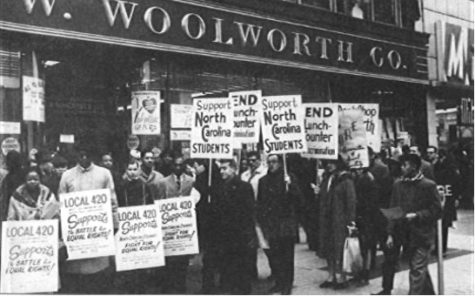
Over the next couple days students from all the south joined the movement leading to the sit-ins expanding to Kress and Walgreens lunch counters and other Greensboro restaurants.
In July of 1960, national Drugstore chains came to an agreement that they will serve, “properly dressed and well behaved people,” no matter their age or race.
These students never expected it but they ended up changing the lives of many by just doing what they felt was right. They helped prove that anyone of any background can make a difference.

